Eternal Impressions: Green River Fish Fossils
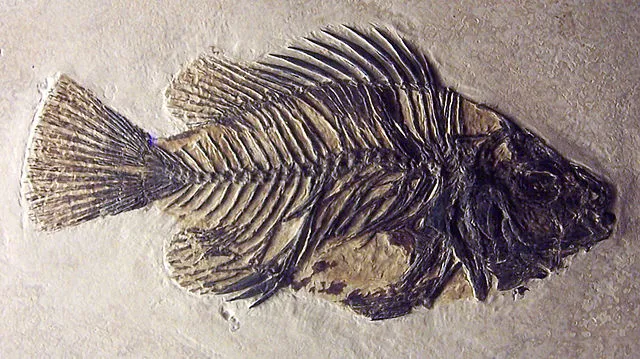
Fossil fish provide a captivating window into the ancient aquatic ecosystems that once thrived across the globe. From the iconic Green River Formation in Wyoming to other fossil-rich locations worldwide, these remnants offer invaluable insights into the evolution and diversity of fish over millions of years. Let’s dive deep into the world of fossil fish, exploring their origins, significance, and the remarkable sites where they are unearthed.
Formation and Preservation
Fossilization of fish occurs through a process known as permineralization. When a fish dies, its body typically sinks to the bottom of the water body. Over time, sediment covers the remains, protecting them from decay and scavengers. Minerals in the water then gradually replace the organic materials in the fish’s body, creating a fossilized replica of the original specimen.
One of the most renowned locations for fossil fish is the Green River Formation in Wyoming. This formation, dating back to the Eocene epoch, about 56 to 34 million years ago, is famous for its remarkably well-preserved fish fossils. The fine-grained sediment of the former lakebeds in this region has provided ideal conditions for fossilization, resulting in exquisite specimens.
The Green River Formation boasts an incredible diversity of fish species, including primitive ray-finned fishes, such as Knightia and Mioplosus, as well as early perch and herring-like fishes. These fossils not only showcase the variety of fish that inhabited the ancient lakes but also provide valuable information about their anatomy, behavior, and ecological interactions.
Other Fossil-rich Sites
Apart from the Green River Formation, several other locations around the world are renowned for their fossil fish deposits:
- Lagerstätte Solnhofen, Germany: This Jurassic-aged deposit is famous for its exceptionally preserved fossils, including the iconic fish species like the long-bodied, bony fish called Leptolepis.
- Messel Pit, Germany: Another German site, the Messel Pit, is renowned for its well-preserved Eocene fossils. Fossil fish from this location include the primitive but advanced lungfish, which provides crucial insights into the evolution of these air-breathing fish.
- Brazil’s Crato Formation: This Cretaceous-aged deposit is famous for its beautifully preserved fossils, including fish. The fine-grained limestone has preserved delicate details of these ancient fish, offering scientists a glimpse into their world.
- Fossil Lake, Oregon: This site in the United States has yielded a treasure trove of fish fossils from the Miocene epoch, including species like the Knightia, similar to those found in the Green River Formation.
Scientific Significance
Fossil fish play a crucial role in our understanding of evolution, paleoecology, and geology. They provide evidence of ancient ecosystems, revealing the diversity of fish species, their evolutionary relationships, and their adaptations to various environments. Additionally, these fossils help scientists reconstruct past climate conditions and geological events, offering valuable insights into Earth’s history.
The fossils of the Green River Formation are of immense scientific significance, providing valuable insights into the ancient ecosystems of North America. They offer a window into the biodiversity and ecology of the region during the Eocene Epoch, a time of significant environmental change.
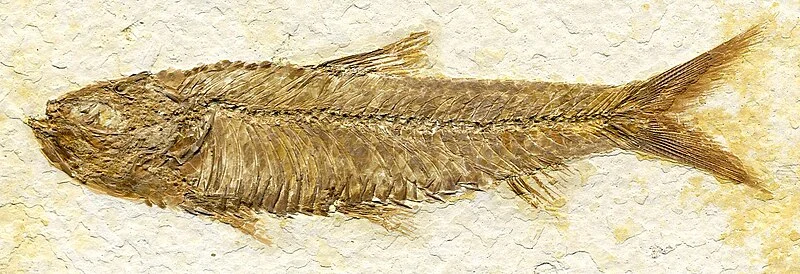
Conservation and Protection
Many fossil fish sites are at risk due to factors such as climate change, land development, and looting. Conservation efforts are crucial to preserve these valuable scientific resources for future generations. Protected areas, regulations, and public awareness campaigns can help safeguard these sites and the fossils they contain.
Fossil fish can provide valuable data for paleoclimate studies. Isotopic analysis of fish fossils can reveal information about past climate conditions, such as temperature and precipitation patterns. By studying the isotopic composition of fossil fish teeth or otoliths (ear stones), scientists can reconstruct past climate variability.
Preservation of fossil fish sites is paramount for future research and education. These sites provide invaluable information about the planet’s past, and their conservation ensures that future generations can continue to study and learn from these ancient relics.
The exceptional preservation of fossils in the Green River Formation can be attributed to several factors. The fine-grained sediment of the ancient lakes helped to quickly bury and protect the remains of plants and animals. Additionally, the alkaline conditions of the lakes helped to mineralize the soft tissues of the organisms, preserving delicate details that are rarely seen in other fossil deposits.
Economic Impact
Fossil fish sites can have a significant economic impact on local communities. Fossil tourism, where visitors pay to explore and collect fossils, can stimulate local economies through the creation of jobs and revenue from tourism. Additionally, the scientific study of fossil fish can attract researchers and funding to an area, further boosting economic activity.
Technological Advances in Fossil Preparation
Recent technological advances have revolutionized the field of fossil preparation, allowing for more precise and detailed extraction of fossils from surrounding rock. Techniques such as CT scanning and 3D printing enable scientists to study fossils without damaging the original specimens, opening up new possibilities for research and education.
Cultural and Artistic Depictions
Fossil fish have captured the imagination of artists and storytellers throughout history. From ancient myths and legends to modern art and literature, these ancient creatures have inspired countless works of creativity. Their fossils serve as tangible links to the past, connecting us to the natural world and our shared evolutionary history.
Evolutionary Adaptations
Fossil fish provide evidence of the evolutionary adaptations that allowed these creatures to thrive in diverse environments. For example, the fossil record shows the transition of fish from water to land, illustrating the development of limbs from fins in species like Tiktaalik roseae. These adaptations are crucial in understanding the broader context of vertebrate evolution.
Fossil fish fossils offer valuable insights into past environments. By analyzing the types of fish present, scientists can infer details about the temperature, salinity, and oxygen levels of ancient bodies of water. This information helps reconstruct past ecosystems and provides context for understanding current environmental changes.
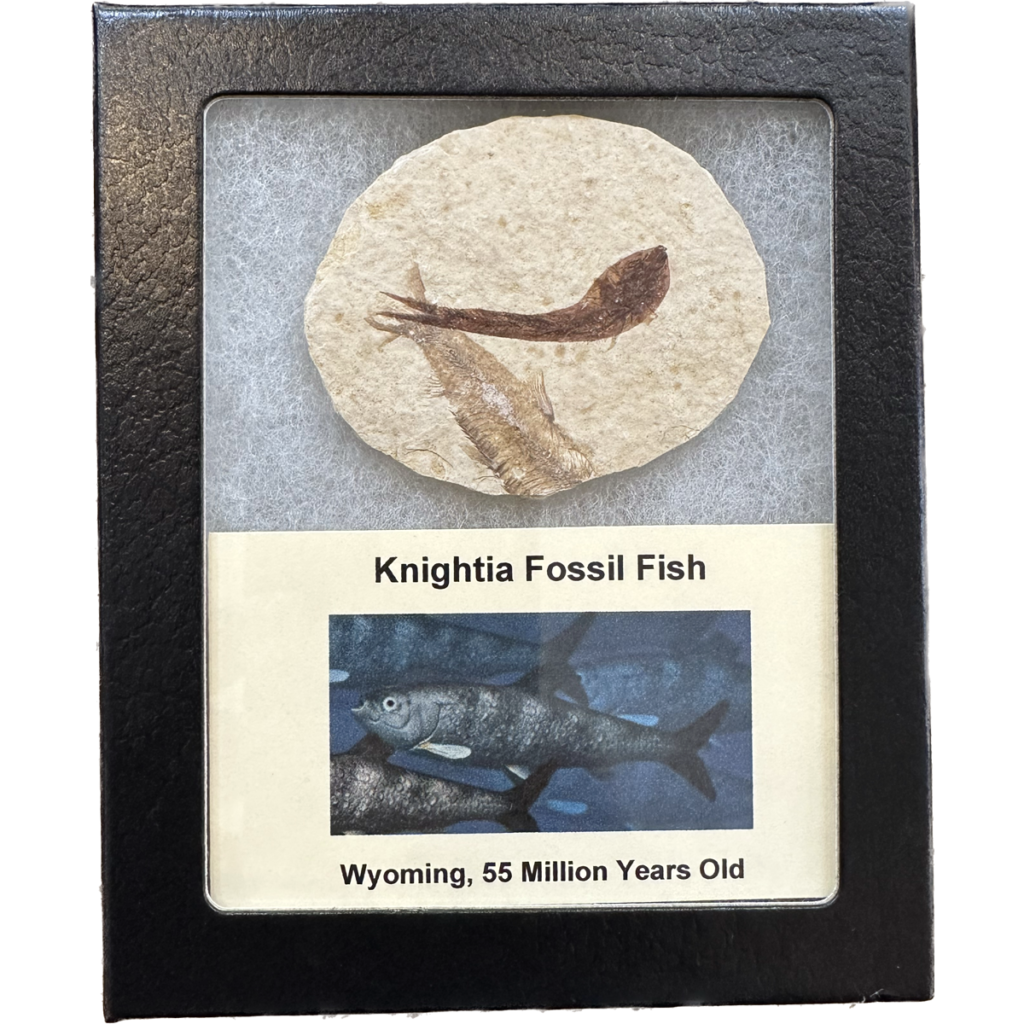
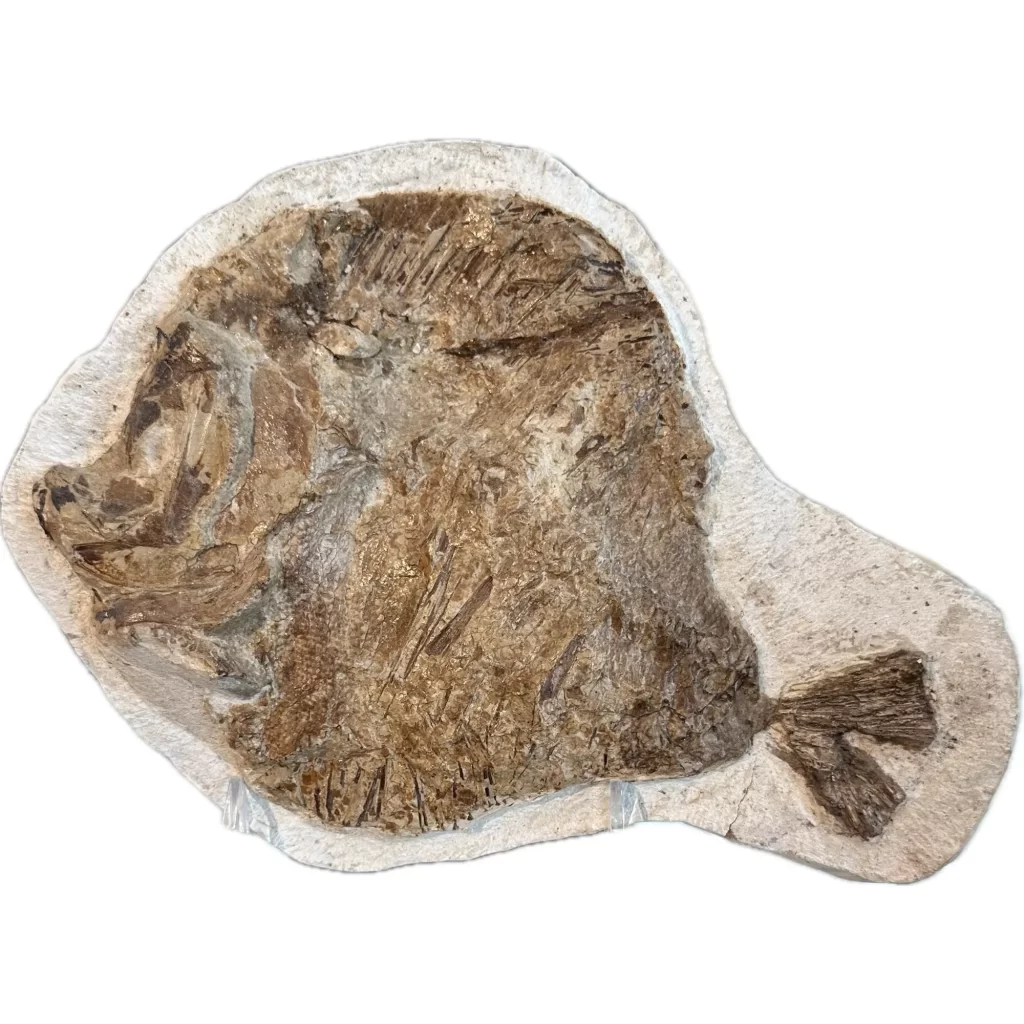

Behavioral Insights
Fossil fish can also provide clues about the behavior of ancient fish species. Fossilized schools of fish, for example, indicate that some species exhibited schooling behavior similar to modern fish. Other fossils show evidence of predator-prey relationships, such as bite marks on fossilized fish, offering a glimpse into ancient food webs.
Biostratigraphy and Dating
Fossil fish play a vital role in biostratigraphy, the study of rock layers (strata) and the fossils they contain. Certain fish species are known to have existed only during specific time periods, making them useful markers for dating rock layers. By studying the distribution of these fossils, scientists can correlate rocks from different locations and determine the relative ages of geological formations.
Educational and Recreational Value
Beyond their scientific significance, fossil fish also hold educational and recreational value. Museums and educational institutions often display these fossils to teach the public about Earth’s history and the evolution of life. Additionally, fossil hunting has become a popular recreational activity, allowing enthusiasts to discover and collect these ancient treasures while contributing to scientific knowledge
The Green River Formation, located in the states of Wyoming, Colorado, and Utah, is renowned for its exceptional fossil deposits, offering a fascinating glimpse into prehistoric life. Spanning over 25,000 square miles, this geological formation is primarily known for its well-preserved fish fossils, but it also contains a diverse array of plant, insect, and reptile fossils. Let’s delve into the rich history and remarkable fossils of the Green River Formation.
Geological Formation
The Green River Formation was deposited over a period of about 5 million years during the Eocene Epoch, approximately 53 to 48 million years ago. It was formed in ancient freshwater lakes that existed in a subtropical climate. The sedimentary rocks of the formation were primarily laid down by the Green River, Lake Gosiute, and Lake Uinta.
Fossil Fish
The Green River Formation is famous for its exquisitely preserved fossil fish. These fossils include a wide variety of species, such as Knightia, Diplomystus, and Mioplosus, among many others. Knightia, a small herring-like fish, is particularly abundant and is often found in dense shoals, suggesting that these fish lived in large schools.
Diplomystus, a predatory fish with a streamlined body and sharp teeth, was a dominant predator in the ancient lakes. Mioplosus, another predatory fish, was known for its large size and powerful jaws, making it a formidable hunter in its ecosystem.
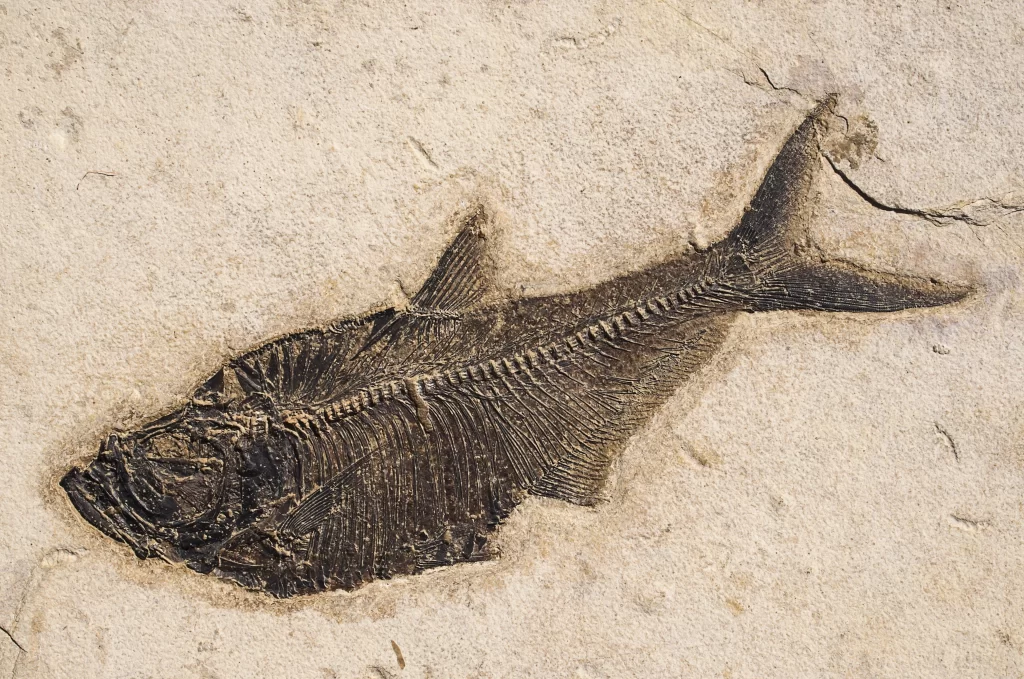
Insect Fossils
In addition to fish, the Green River Formation also preserves a diverse array of insect fossils. These fossils provide valuable insights into the ancient insect fauna of the region. Fossilized insects found in the formation include beetles, dragonflies, and ants, among others. These fossils help scientists understand the evolution and diversity of insects during the Eocene Epoch.
Plant Fossils
The Green River Formation also contains a wealth of plant fossils, including leaves, seeds, and even entire tree trunks. These fossils provide valuable information about the flora that existed in the region millions of years ago. The presence of well-preserved plant fossils indicates that the ancient lakes of the Green River Formation were surrounded by lush vegetation.
Reptile Fossils
While less common than fish fossils, reptile fossils have also been found in the Green River Formation. These fossils include turtles, crocodiles, and early relatives of modern snakes. These reptile fossils help scientists understand the diversity and ecology of reptiles during the Eocene Epoch.
Fossilization Process
The process of fossilization in the Green River Formation is a fascinating one. When an organism dies in the ancient lakes, its remains sink to the bottom and are quickly covered by layers of sediment. Over time, the organic material in the remains is replaced by minerals, creating a fossilized replica of the original organism. This process, known as permineralization, helps to preserve the delicate structures of the organisms, including their bones, scales, and even soft tissues.
Fish Diversity
The fish fossils found in the Green River Formation represent a diverse range of species, indicating a complex and dynamic ecosystem. In addition to the more common fish species, there are also fossils of more unusual species, such as the gar-like Phareodus and the paddlefish-like Polyodon. These fossils help to paint a more complete picture of the aquatic life that thrived in the ancient lakes.
Paleoenvironment Reconstruction
The fossils found in the Green River Formation have provided valuable information about the paleoenvironment of ancient North America. By studying the types of plants and animals that lived in the region during the Eocene Epoch, scientists have been able to reconstruct the climate, geography, and ecology of the area millions of years ago. This information helps us understand how ecosystems have evolved over time.
The Green River Formation is also important for taphonomic studies, which focus on how organisms become fossilized. The exceptional preservation of fossils in the formation has allowed scientists to study the processes of fossilization in detail, shedding light on how different types of organisms are preserved and why some fossil deposits are more diverse than others.
Human Impact
The Green River Formation is not only a treasure trove of ancient fossils but also a valuable resource for understanding the impact of human activities on the environment. By studying the ancient ecosystems preserved in the formation, scientists can gain insights into how modern ecosystems may respond to environmental changes caused by human activities, such as climate change and habitat destruction.
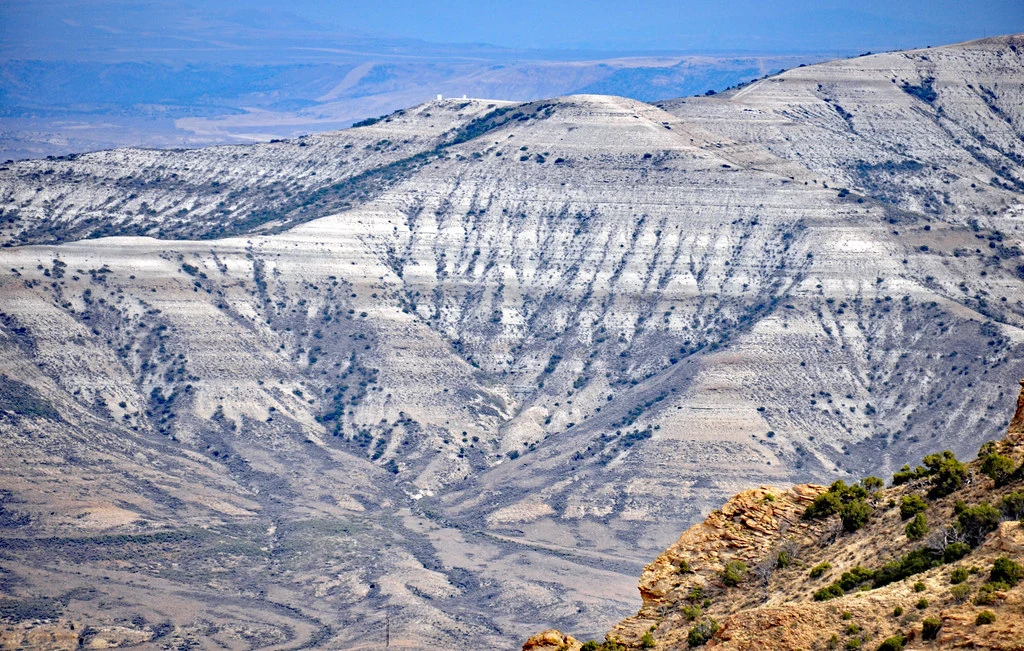
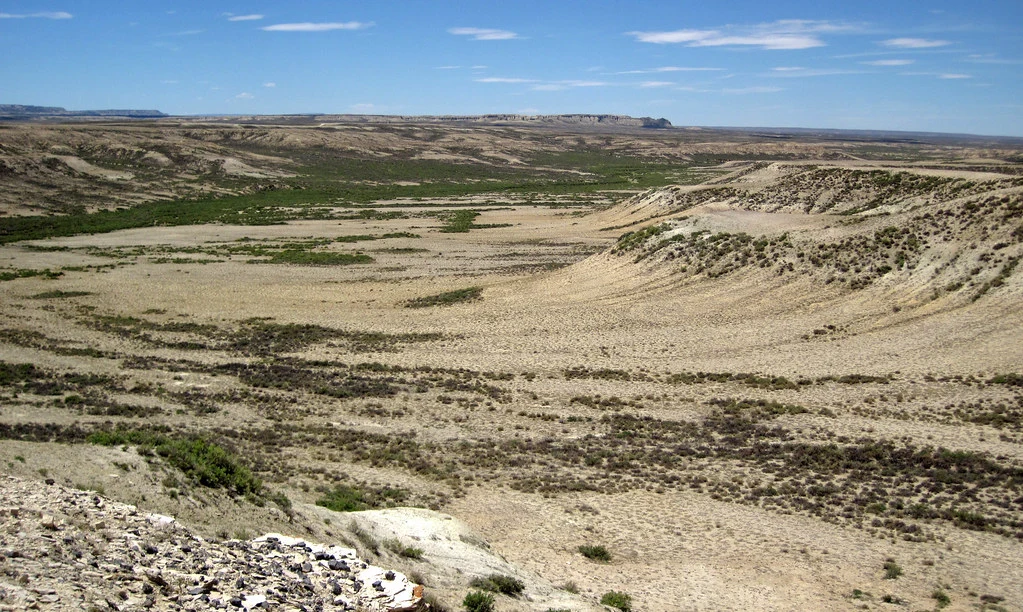
Conservation Challenges
Despite its scientific significance, the Green River Formation faces conservation challenges. The area is popular with fossil collectors, and illegal collecting has led to the loss of valuable scientific information. Conservation efforts are underway to protect the formation and its fossils, ensuring that future generations of scientists can continue to study this unique geological treasure.
Educational Value
The fossils of the Green River Formation have immense educational value, offering students and enthusiasts alike the opportunity to learn about paleontology and Earth’s history. Museums and educational institutions often use fossils from the formation in exhibits and educational programs, helping to inspire a love of science and discovery in people of all ages.
Educational outreach and public engagement are essential in promoting the appreciation and conservation of fossil fish. Museums, educational programs, and online resources play a vital role in educating the public about the significance of these fossils. By engaging people of all ages and backgrounds, we can foster a greater understanding of Earth’s history and the importance of preserving its natural heritage.
Research Opportunities
The Green River Formation continues to be a rich source of research opportunities for scientists. Ongoing studies are focused on a wide range of topics, including the evolution of fish, the ecology of ancient lakes, and the effects of climate change on past ecosystems. As technology advances, new techniques are being developed to extract even more information from these ancient fossils.
Climate Change Perspectives
Studying the fossils of the Green River Formation can provide valuable perspectives on climate change. By understanding how past ecosystems responded to changes in climate, scientists can better predict how modern ecosystems may be affected by current and future climate change. This research is crucial for informing conservation efforts and mitigating the impacts of climate change on biodiversity.
Continued Discoveries
Despite decades of study, the Green River Formation continues to yield new discoveries. Each new fossil find adds to our understanding of the ancient world and highlights the importance of preserving these valuable resources for future generations. As technology and research methods advance, the Green River Formation is likely to reveal even more secrets about the past, enriching our knowledge of Earth’s history.
Future Discoveries and Research
As technology and scientific methods continue to advance, the study of fossil fish is poised for exciting discoveries. New fossil sites are continually being discovered, offering fresh insights into previously unknown species and ecosystems. Furthermore, interdisciplinary approaches, combining fields such as genetics, geology, and paleontology, promise to deepen our understanding of the evolutionary history of fish and their role in shaping Earth’s biodiversity.
